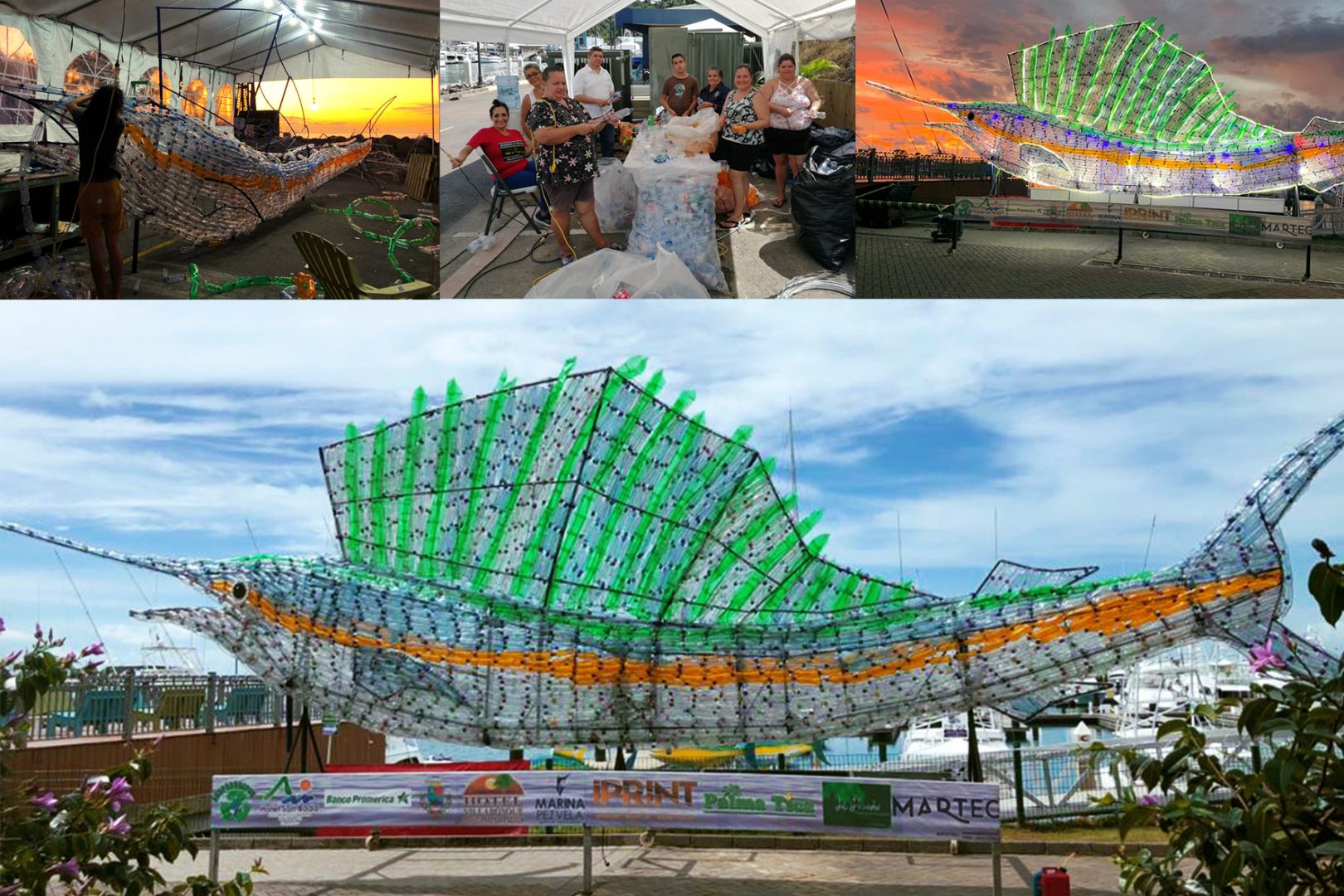The Open Call for the Social Art Award 2019 under the topic “We are the People – Peaceful Revolutions” was closed on December 15, 2019. We are very impressed by 558 submissions that were contributed by artists coming from 65 countries across all continents.
The winners of The Social Art Award 2019 are Narcissa Gold (USA), Melinda Mouzannar (Lebanon) and Bogna Grazyna Jaroslawski (Poland/Germany). The Honorary Mention goes to Kingson Kin Sing Chan (Hong Kong/UK).
Below you find the artworks, that passed the initial jury round. The public voting took place till 30 December and is a tool to give more public visibility to the topic and the artworks. It does not replace the final jury judgment. There were two wildcards for the most voted artworks that entered the final shortlist.
The focus diversity of applications shows that artists are active in the multi-faceted fields of socially engaged art reflecting on wars, genocides, femicides, traumata, violence against refugees, children, women, men, disabled people, LGBTIQs, animals. They share feelings for the planet and its living species, but also showing hopelessness due to complex crises be it climate change (e.g. in regard to water pollution), capitalism, corruption, a violation against human rights, nature, protected national parks. Many of the artists are constantly trying to give a voice to the poorest or empower unheard social groups.
It’s not only about peaceful revolutions, but it’s also about feeling a deep connection and showing love and respect for each other.
Thank you all for sharing your great and inspirational work and look at all the great contributions!
Pez Vela Plastico (Plastic Sailfish)
Alban Corrales Garcia
open category
This Plastic Sailfish was created by two costarrican artists (Alban Corrales & Gibran Tabash) who have been working with garbage for years. Alban makes sculptures with used cardboard and Gibran makes them with newspaper and cement. Gibran is also a painter. For this specific project they worked together with the community of Quepos (west coast of Costa Rica) and with the help of 90 volunteers and several organizations and sponsors, we achieved the goal in November 2019. The idea is to let people reflect and act about the use of plastic and how much damage we are creating to the environment by consuming it. Not only locally but globally. It was made with metal (structure) and plastic bottles (shape of the body). We used 3800 plastic bottles collected by the community. The size of the fish is 46 feet long and 16 feet tall. We spent 130 hours of work. Now the sculpture belongs to the people of this little town and they are trying hard to spread the word, sending a message of awareness to the rest of the country and hopefully the world. We are glad we could help the community so they can start to make a change. How can art catalyze change?: Art is made to heal. We are in an age where our actions and the governments actions are damaging the environment and causing more social problems. Art could be one of the means for awakening peoples consciousness and make a real change. Without being able to make people understand the real problems of our morden societies and without a vision of a planetary humanity we won´t be able to survive. Art is the way to express our unconformity with the system, Art could lead to real actions. We can´t change the world right now but we can start to change it.
This Plastic Sailfish was created by two costarrican artists (Alban Corrales & Gibran Tabash) who have been working with garbage for years. Alban makes sculptures with used cardboard and Gibran makes them with newspaper and cement. Gibran is also a painter. For this specific project they worked together with the community of Quepos (west coast of Costa Rica) and with the help of 90 volunteers and several organizations and sponsors, we achieved the goal in November 2019. The idea is to let people reflect and act about the use of plastic and how much damage we are creating to the environment by consuming it. Not only locally but globally. It was made with metal (structure) and plastic bottles (shape of the body). We used 3800 plastic bottles collected by the community. The size of the fish is 46 feet long and 16 feet tall. We spent 130 hours of work. Now the sculpture belongs to the people of this little town and they are trying hard to spread the word, sending a message of awareness to the rest of the country and hopefully the world. We are glad we could help the community so they can start to make a change. How can art catalyze change?: Art is made to heal. We are in an age where our actions and the governments actions are damaging the environment and causing more social problems. Art could be one of the means for awakening peoples consciousness and make a real change. Without being able to make people understand the real problems of our morden societies and without a vision of a planetary humanity we won´t be able to survive. Art is the way to express our unconformity with the system, Art could lead to real actions. We can´t change the world right now but we can start to change it.



